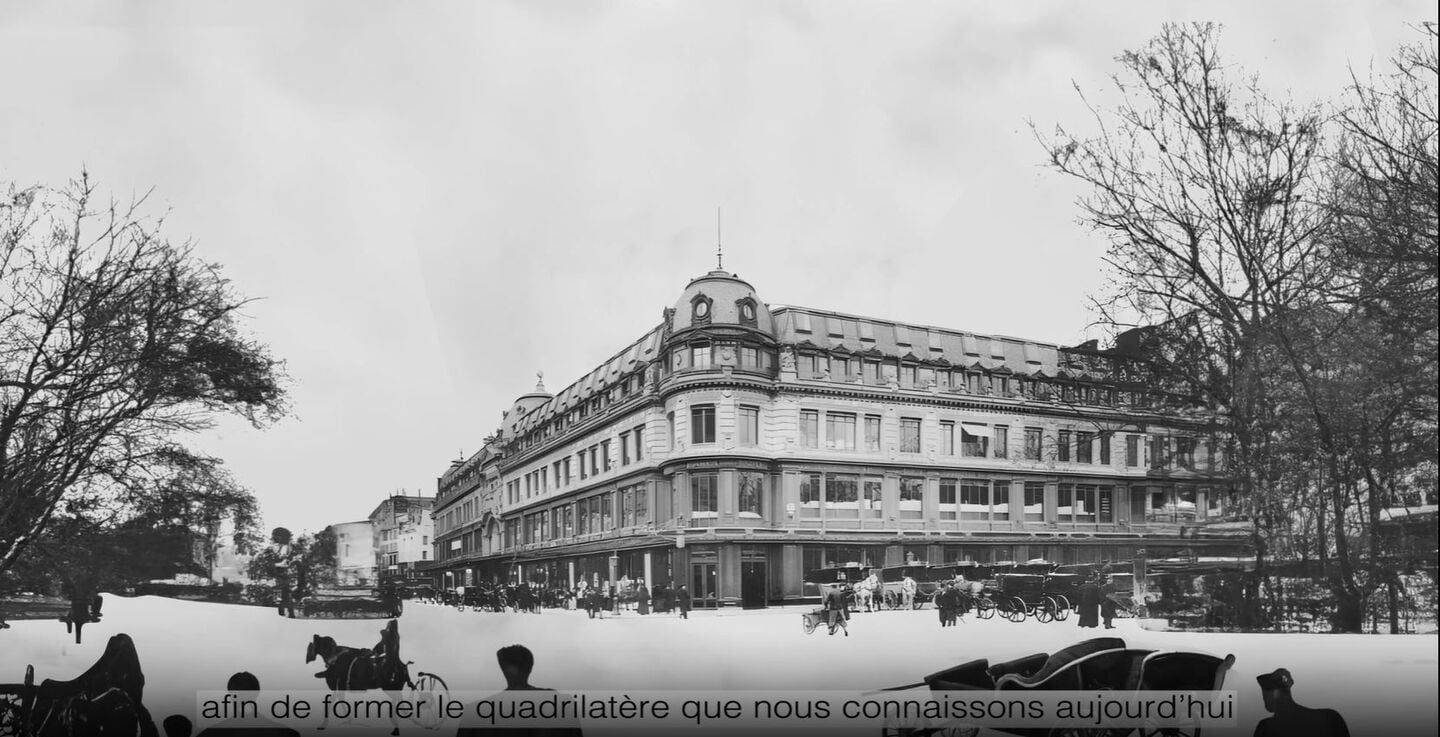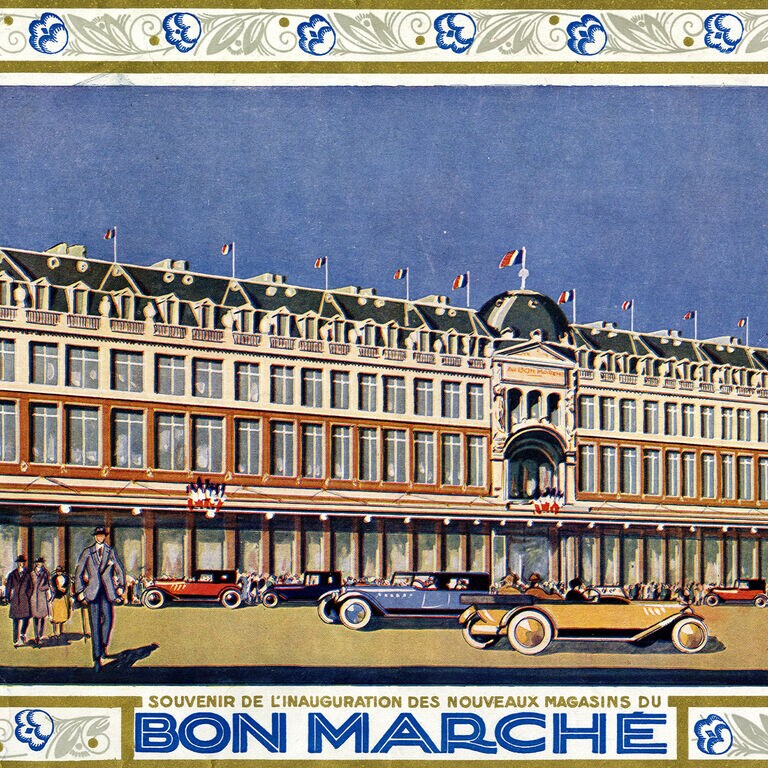RETROSPECTIVE IN PICTURES
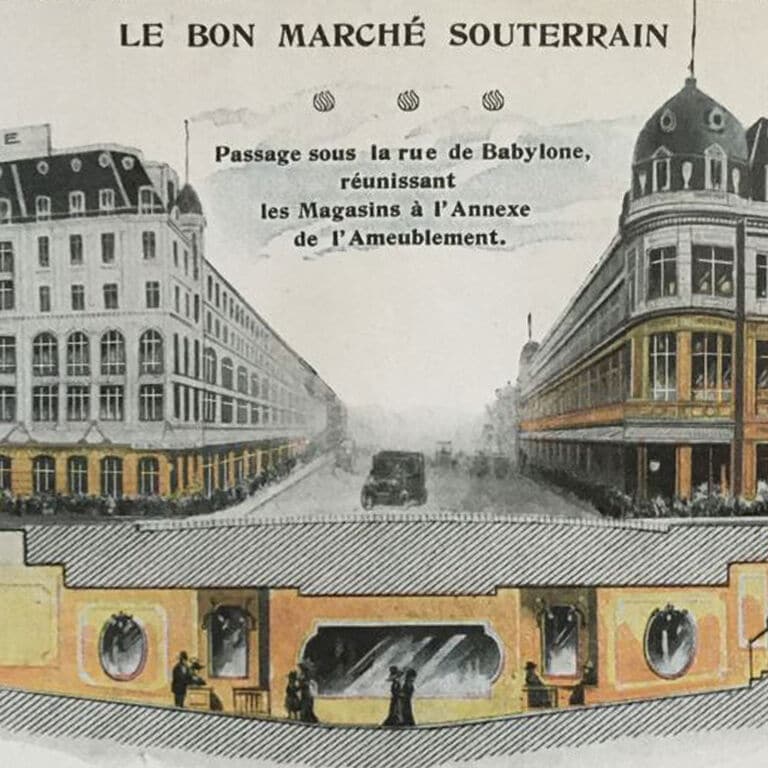
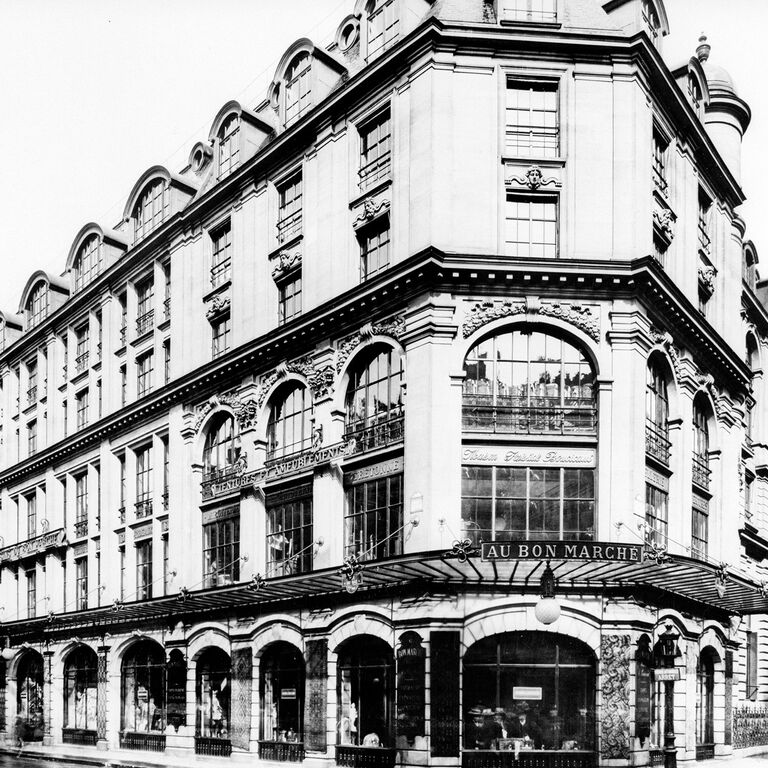
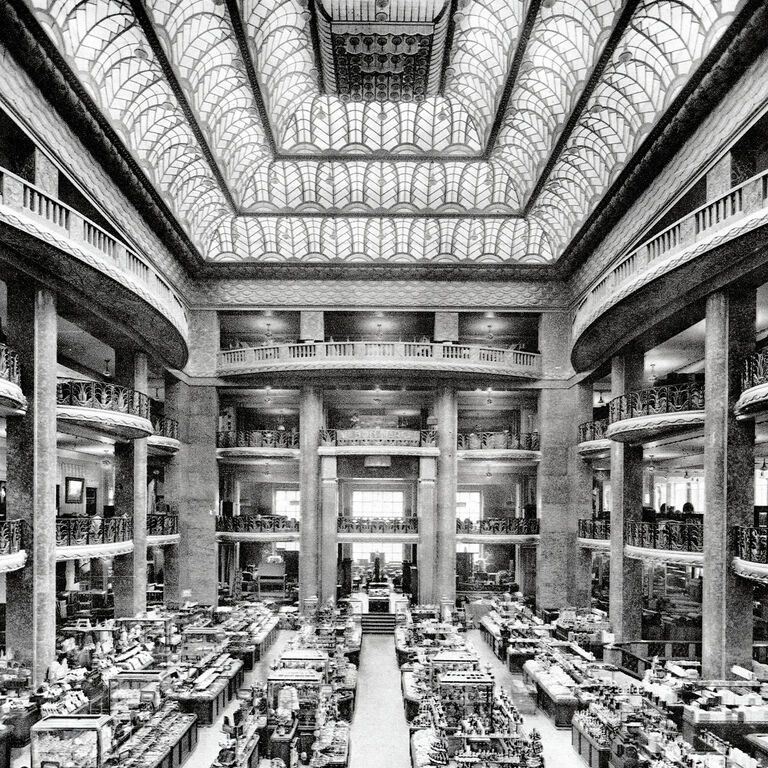
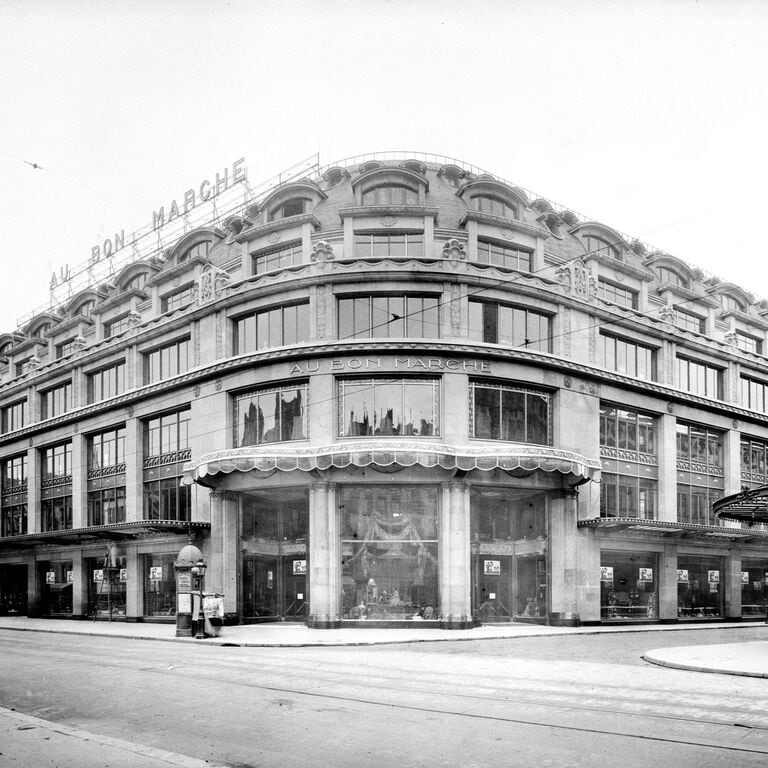
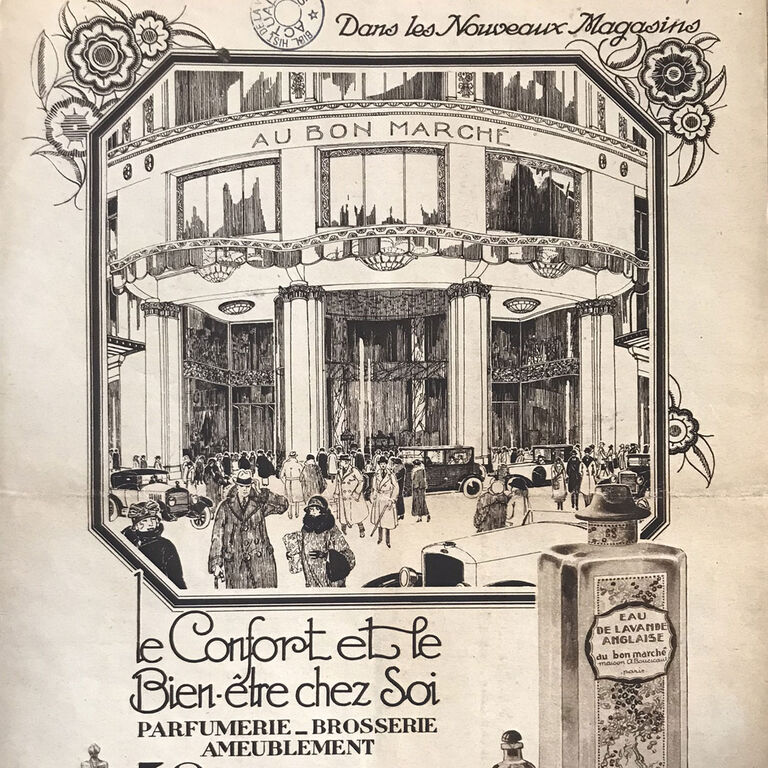
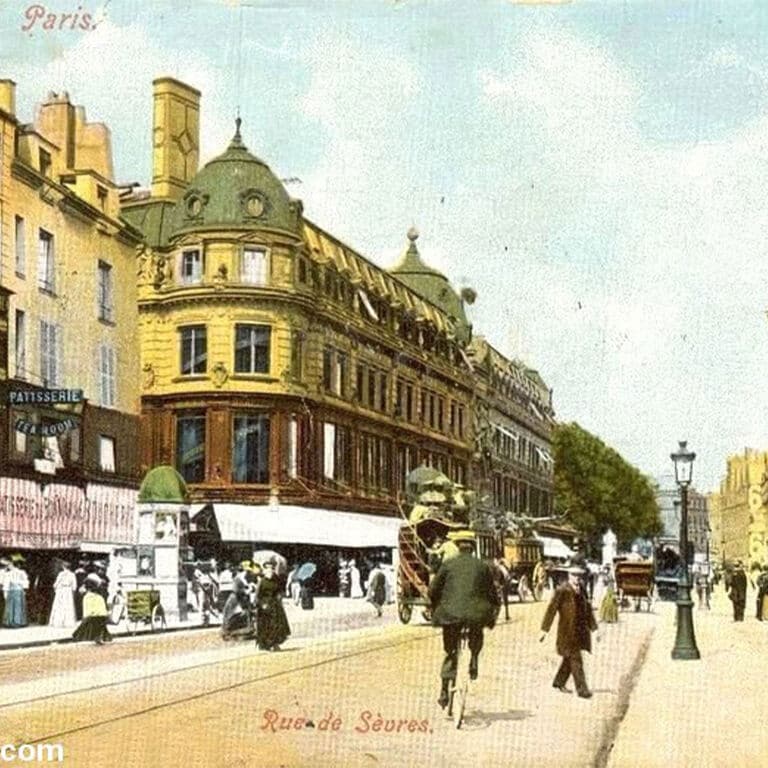
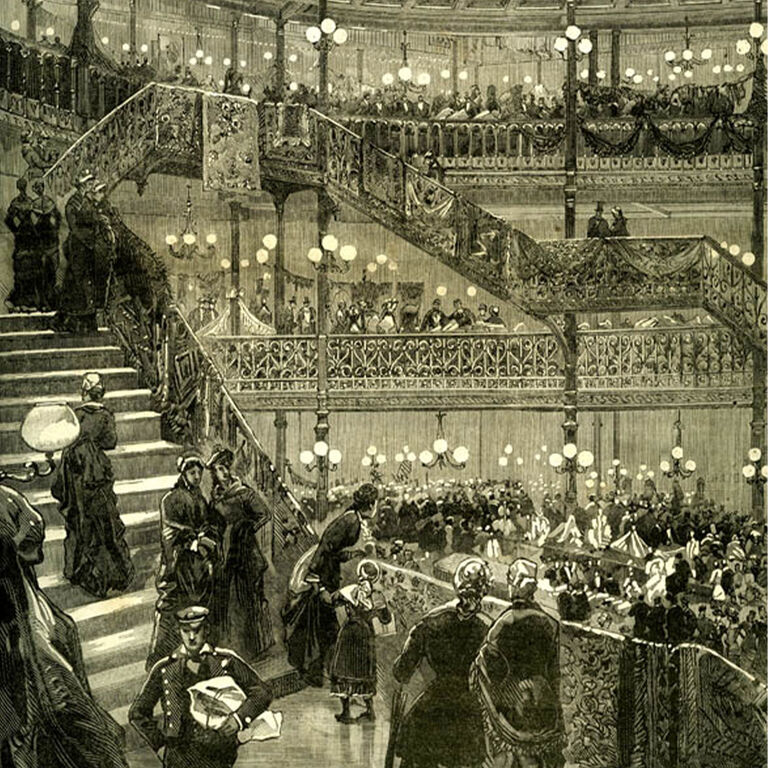

In the image of 19th century Paris, where everything was moving, changing and being invented, a small novelty shop on the corner of rue de Sèvres and rue du Bac became, under the impetus of the Boucicaut couple, the first Parisian department store.
Shaking up traditions from the outset, Le Bon Marché Rive Gauche reflects more than ever the spirit of its creators: an openness to the world, a taste for culture, and a constantly revisited tradition. A look back at the history of this iconic place.
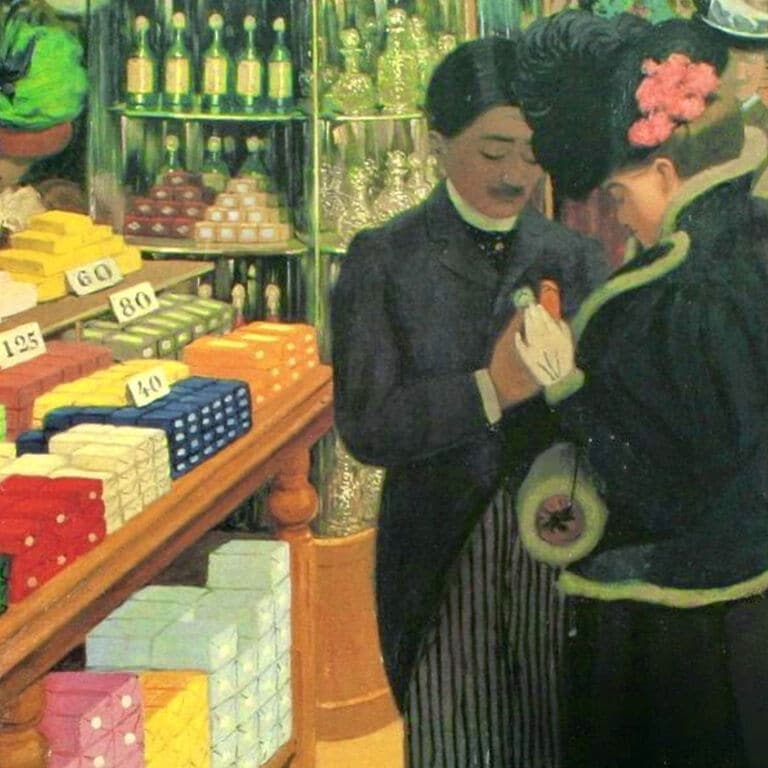
Aristide Boucicaut was a milliners’ son who went to Paris in 1852 to be a fabric merchant and quickly realised that there was a market for a new kind of establishment that offered buyers more choice. With his wife Marguerite, they quickly transformed a shop into a "cathedral of modern commerce", making Le Bon Marché the first of the Parisian department stores.
The Boucicauts’ innovative approach was visionary and daring, offering fixed prices, reduced margins, home delivery, exchange of articles, mail order, white month, sales, private concerts, a reading room and a gallery of paintings, etc. All over the world, people were soon inspired by the commercial model invented by this pioneering and visionary couple.

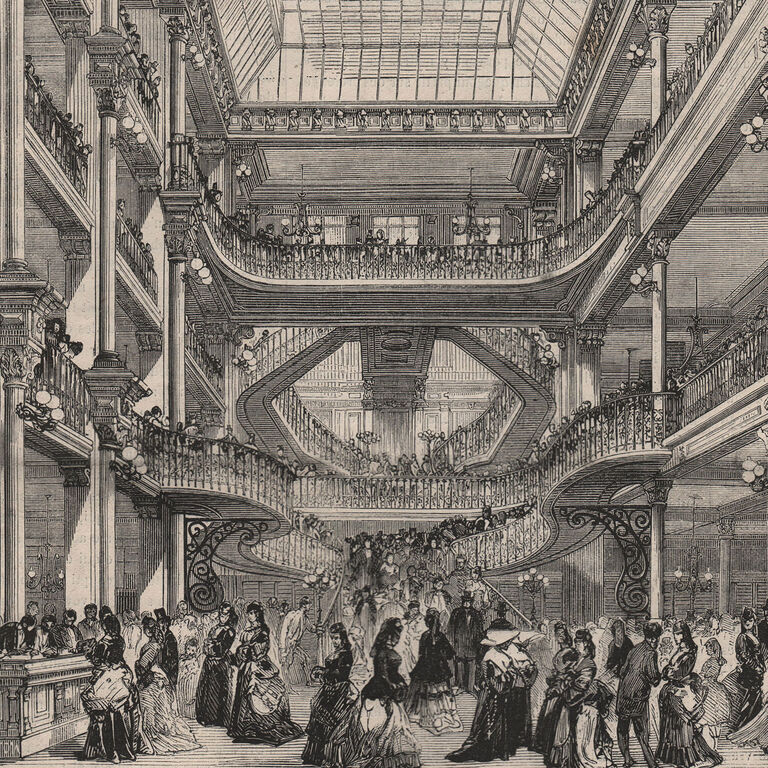
The dazzling success of the Boucicauts is also reflected in the architectural evolution of their shops. While Le Bon Marché started out as a small novelty shop selling textiles on the corner of Rue du Bac and Rue de Sèvres, their plans to expand soon became a reality. A new building was constructed on the corner of rue de Sèvres and rue Velpeau between 1869 and 1872. It was not until 1888 that Le Bon Marché occupied the entire block.

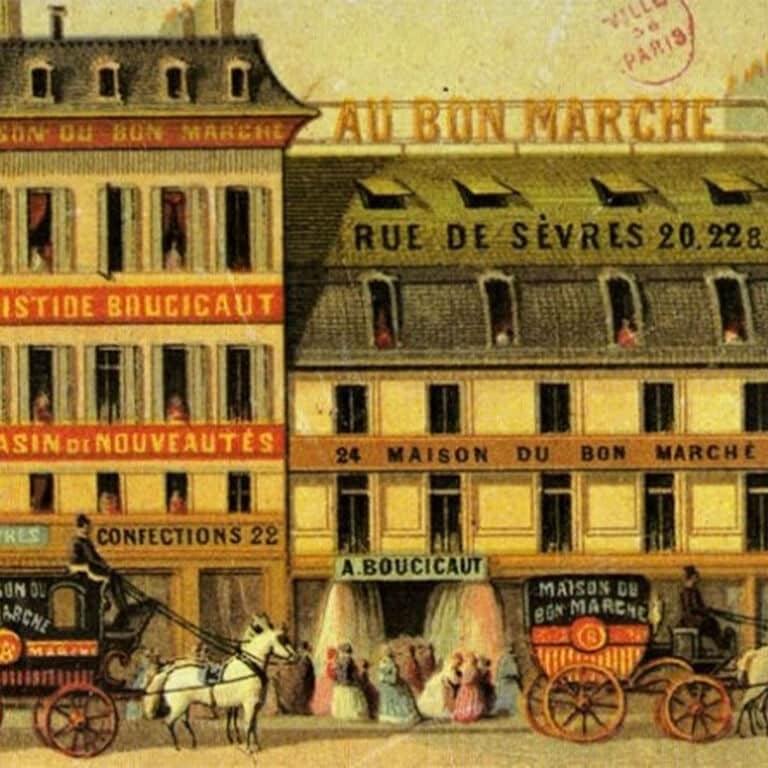
Thanks to the talent of the architects Alexandre Laplanche and Louis-Charles Boileau, the whole complex was unified and harmonized, and in 1905, when the work was completed, Le Bon Marché had the appearance that we know today. The interior design is the result of the work of the Moisant and Gustave Eiffel studios, who applied their latest research in terms of industrial metal architecture to Le Bon Marché, in order to create a structure that lets in light.
But this expansion did not stop there, as in 1899, Le Bon Marché opened its annex on the other side of the rue de Babylone. In 1912, the new stores were inaugurated on the site of the current Grande Epicerie de Paris, on the other side of the rue du Bac. After a devastating fire in 1915, the building was rebuilt in Art Deco style and reopened in 1923.
The ON: Follow the guide! Discover the history and architecture of Le Bon Marché and la Grande Épicerie de Paris Rive gauche during a guided tour.

As soon as the foundation stone for the expansion of Le Bon Marché was laid in 1869, the Boucicauts expressed their desire to contribute to the good of the greatest number of people. Marguerite Boucicaut buries the following statement in a lead box: "I wish to give this very special construction a philanthropic organisation which will allow me, by making myself useful to my fellow human beings, to show Providence all my gratitude for the success with which it has constantly crowned my efforts...”
If his visionary spirit made Aristide Boucicaut a pioneer of modern commerce, Marguerite Boucicaut, a true patroness of Le Bon Marché, never ceased to show unfailing generosity, both towards the employees of her company and towards causes outside her business. Provident fund, profit-sharing, free medical consultations, evening classes... The Boucicauts cherished their employees and the latter gave them their due. Their funerals in 1877 and 1887 were attended by large crowds of people, many of whom came to pay tribute to their benevolent and generous employers.
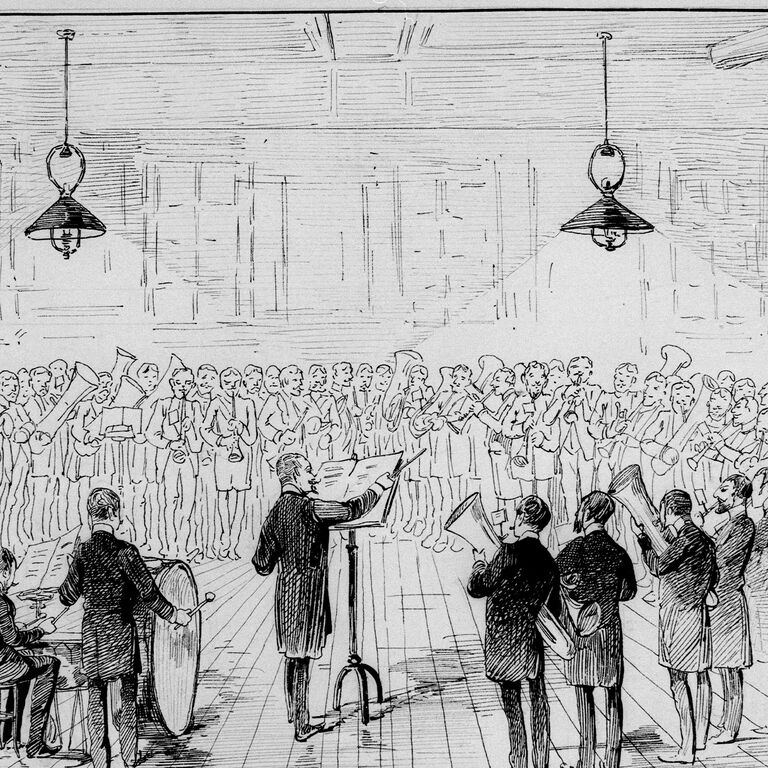
"Evening classes for employees: music, languages, fencing. ” © archives Le Bon Marché Rive Gauche
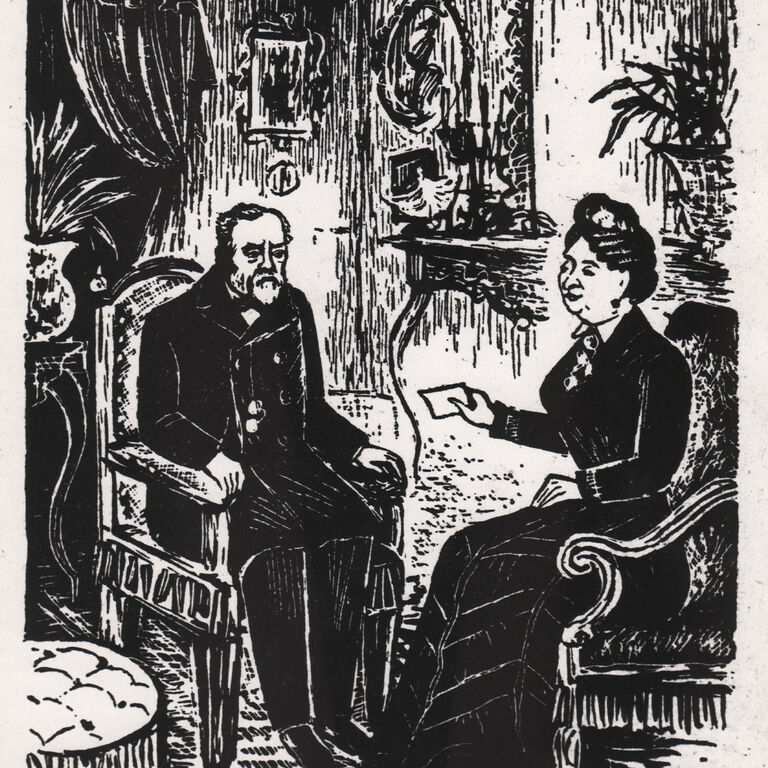
« Marguerite Boucicaut rencontre Louis Pasteur 1886. Elle participera généreusement à la création de son Institut. » © Archives Le Bon Marché Rive Gauche
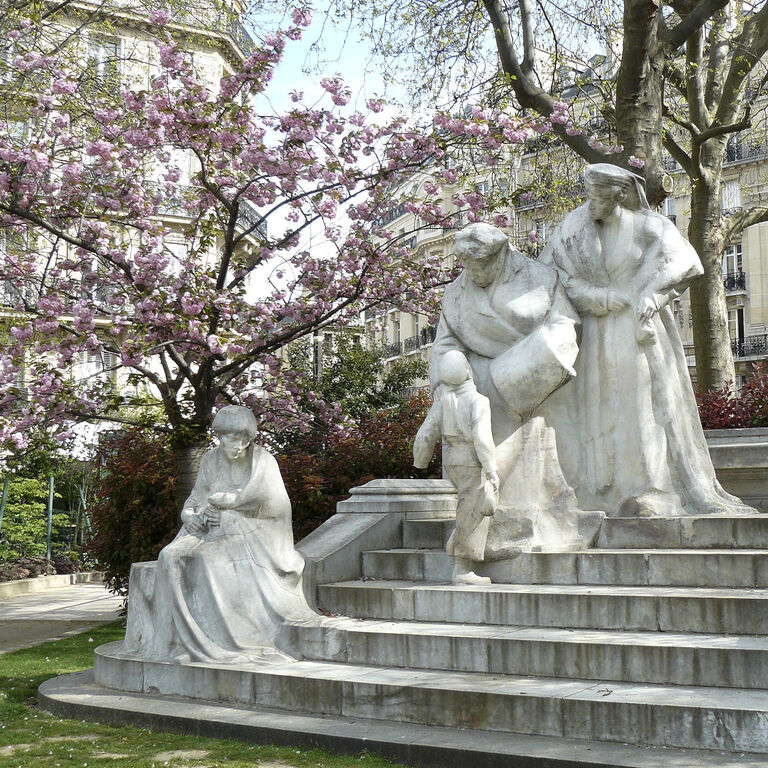
"Boucicaut Square. Monument sculpted by Moreau-Vauthier in 1914 in the effigy of Marguerite Boucicaut and Baroness de Hirsch in the guise of charity. ” © archives Le Bon Marché Rive Gauche
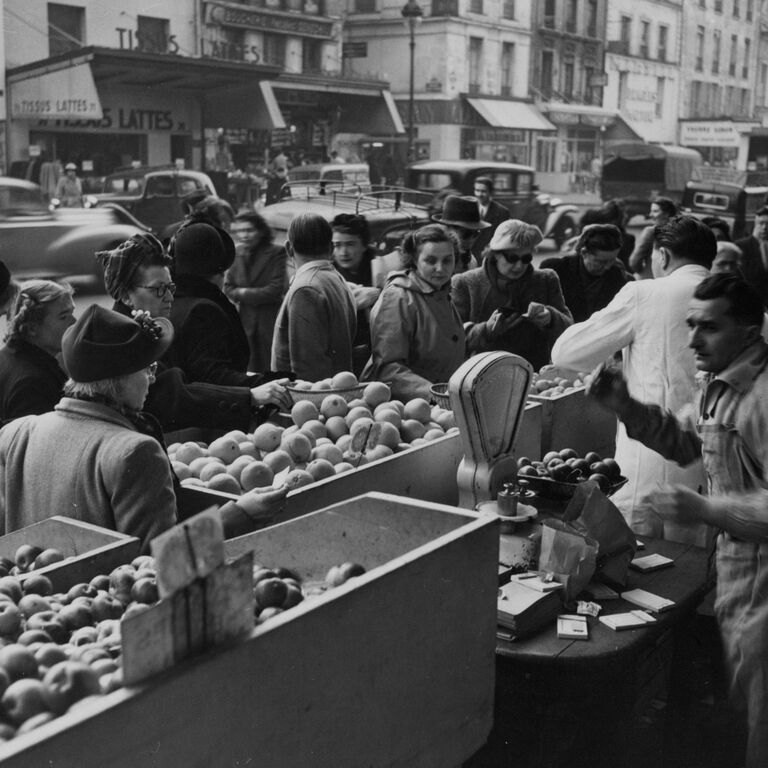
Although Le Bon Marché initially offered its customers rare and precious food products such as coffee, cocoa and chocolates in beautifully decorated boxes, its food offer was quickly expanded and a food section was gradually developed. La Grande Epicerie de Paris – a subsidiary of Le Bon Marché Rive Gauche – has since 1988 been transformed into the biggest food emporium in Paris. At the end of 2013, after 18 months of renovation, la Grande Epicerie de Paris celebrated its new setting. Today, it offers a unique experience, revealing all the subtle expertise of the culinary trades. It offers an ever more specialised selection of exceptional products, rare or traditional, and new realms of products and services.
And in 2017, La Grande Epicerie de Paris opened a second Parisian address, at 80 rue de Passy, Paris 16ème.
Discover La Grande Epicerie de Paris →

